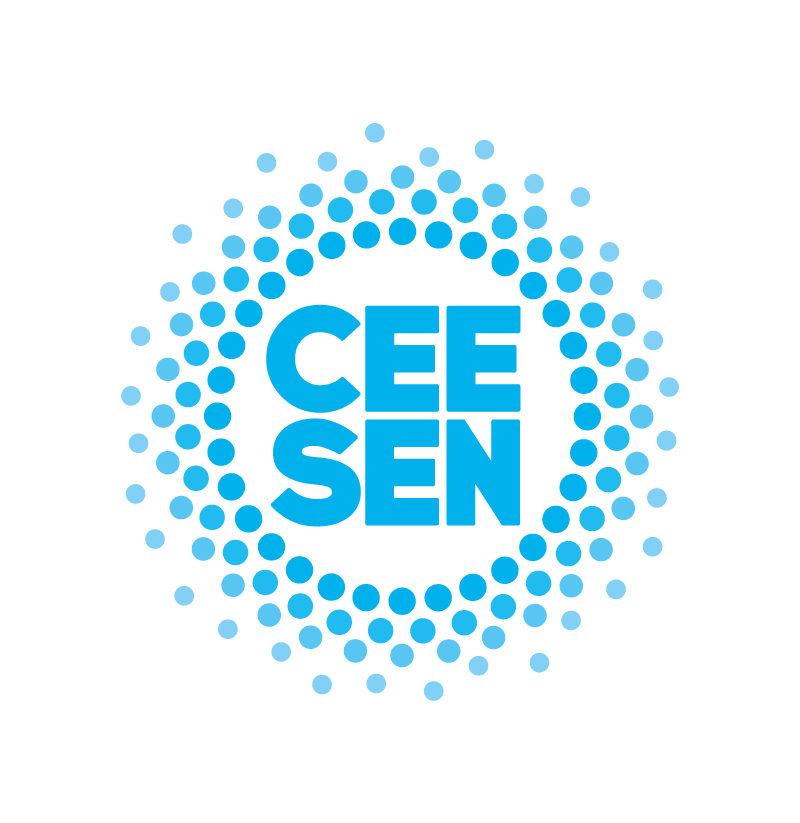INTERVIEW – Macedonia’s Sieto Mulls
SKOPJE (Macedonia), July 3 (SeeNews) – Macedonian solar energy equipment supplier Sieto DOO is considering a 200 million euro ($282 million) solar roof project, aiming to increase green energy production in the EU-aspiring country in the next 10 years, Sieto’s director said.
The idea is Macedonia to receive a grid-connected dispersed solar station with photovoltaic (PV) panels on 10,000 rooftops with capacity of three to five kilowatts (Kw) for each house, Sieto’s director Zvonko Markovski told SeeNews in a recent interview.
Implementation of this project without additional government support and a feed-in tariff would be impossible, he added.
Macedonia’s energy regulator has allowed privately-held solar operators to sell their electricity output to state-owned transmission operator Makedonski Elektro Prenosen Sistem Operator (MEPSO) AD at a feed-in tariff of 0.46 euro per kW from last September.
The price is attractive and the highest in the region, compared with 0.04 euro per kW of electricity generated from conventional sources, which is the selling price of power distributor EVN Macedonia AD formerly known as EVN Elektrostopanstvo na Makedonija AD, Markovski said.
Sieto also needs cheap credits of 15,000-25,000 euro for each house, or a total of 200 million euro for the entire project, he added.
Markovski believes households will be able to borrow money from state-run Macedonian Bank for Development Promotion (MBDP) after the government said it will offer cheap loans carrying an interest rate of up to 6%.
Currently, Macedonia can use a $5.5 million grant from the Global Ecological Fund (GEF) to finance sustainable energy projects.
Privately-held Sieto was set up in 1992 as an industrial electronics parts producer. It has been involved in solar energy projects for over eight years. So far, it has installed solar panels for different corporate clients at some 40 locations across the country.
In June, Sieto opened the first solar park in Macedonia, located in the village of Kadino near Skopje. The investment worth some 70,000 euro has capacity of 10,200 Watt-peaks (Wp) with annual production of 22-25 MWh.
It is a long-term and profitable investment, as the life expectancy of such systems is 40 years, whilst the invested money can be returned in six years, Sieto’s director said.
“Macedonia is a sunny country, with over 270 sunny days a year, that is why we should focus more on solar energy production,” he added.
Sieto is in talks with several investors to install solar systems at different locations in Macedonia by the end of the year.
Even though the company has been affected by the global economic crisis, Markovski said that the best way to combat it is to continue investing.
In 2006, Sieto built an “energy-independent ecological house” near the solar park in Kadino, which also served as measurement centre for various parameters, the first such project in Macedonia and the third in Europe. The idea is to combine solar and wind sources to generate electricity and heating energy for the needs of an individual house, said Markovski.
Projects for building solar and wind parks, however, are still rare in Macedonia. According to Markovski, Macedonia is lagging behind most of its peers in the region like Slovenia, Croatia and Bulgaria, in solar energy generation.
Yet, several initiatives for developing renewable energy projects in Macedonia have been launched recently. Local media reported that Spanish engineering company Invall planned to invest up to 720 million euro in the construction of wind farms with a combined capacity of 588 megawatts (MW) in eastern Macedonia, the country’s windiest region.
Macedonia’s Economy Ministry recently unveiled a draft energy strategy that foresees production of up to 100 GWh of power from solar and wind generators, as well as production of 60 GWh of heating energy from the solar installations by 2020.
Aiming to boost solar energy production, Macedonia’s government said in June it will offer incentives to 500 households to install solar panels by financing up to 30% of the investment, or maximum 300 euro per family taking part in the programme. An identical scheme was implemented in 2007.
European Union directives require each member state to produce about 20% of its energy from renewable sources by 2020. Macedonia was granted an EU candidate status in 2005 and awaits a date for the start of accession negotiations.
